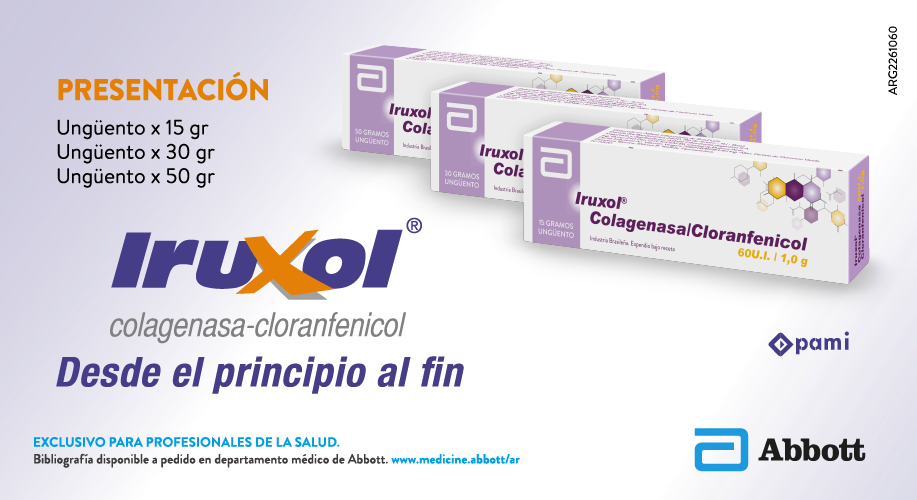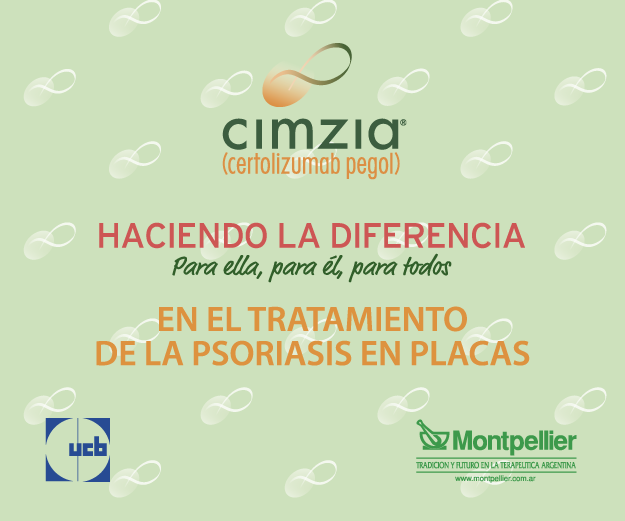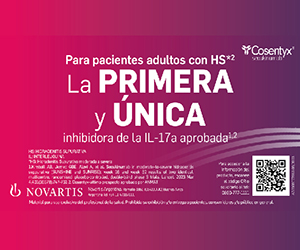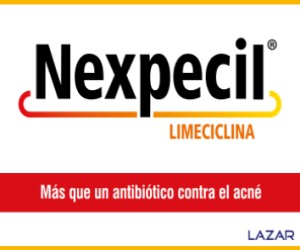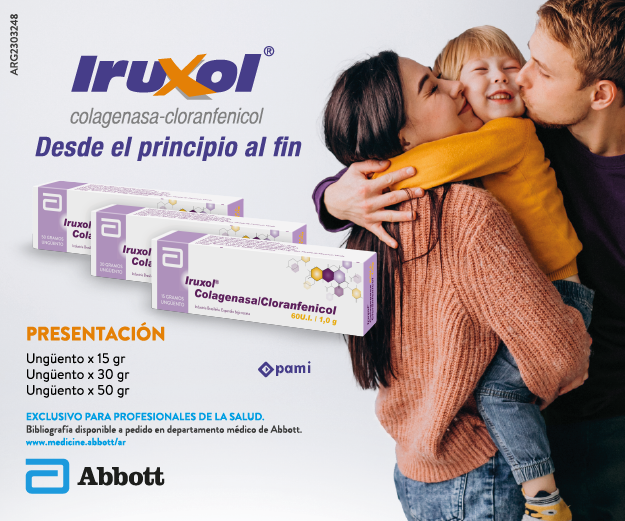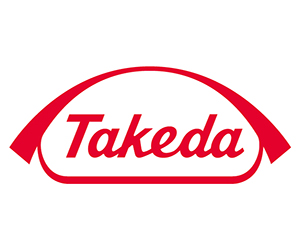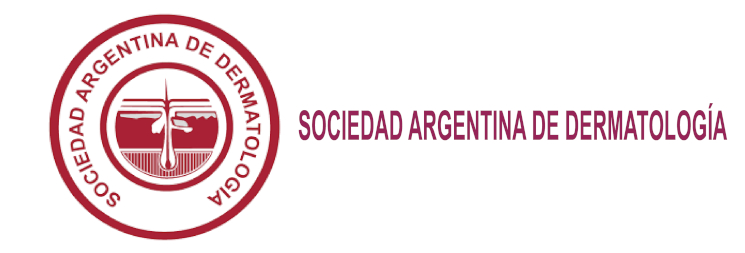Community meticiline resistant Staphylococcus aureus skin infection in a family setting
Resumen
Abstract
Staphylococcus aureus is a pathogen responsible for infections of variable severity both in children and adults. Its prevalence is high (about 28.4 cases per 100.000 persons). Nowadays this pathogen cause
severe skin and soft tissue infections in the community setting. Nevertheless its features are different and has been denominated community acquired meticiline resistant S. aureus (CA-SAMR). In our country this pathogen is under diagnosed. We describe a family with multiple episodes of recidivate skin infections which were treated empirically and without success. The clinical feature was the presence of
eritemathous nodules, some of them ulcerated and necrotic, in diff erent sites. CA-SAMR was isolated in all patients. Nasal samples were negative in all family members. They were treated with trimetoprim sulfamethoxazol 800/160 mg each 12 hours and clindamicine 300 each 6 hours for 14 days with complete cure of the lesions.
(Dermatol Argent 2010;16(2):126-128).
Key words: methicillin-resistant Staphylococcus aureus, community-acquired, infections, familiar outbreak.
Descargas
Publicado
Número
Sección
Licencia
El/los autor/es tranfieren todos los derechos de autor del manuscrito arriba mencionado a Dermatología Argentina en el caso de que el trabajo sea publicado. El/los autor/es declaran que el artículo es original, que no infringe ningún derecho de propiedad intelectual u otros derechos de terceros, que no se encuentra bajo consideración de otra revista y que no ha sido previamente publicado.
Le solicitamos haga click aquí para imprimir, firmar y enviar por correo postal la transferencia de los derechos de autor


